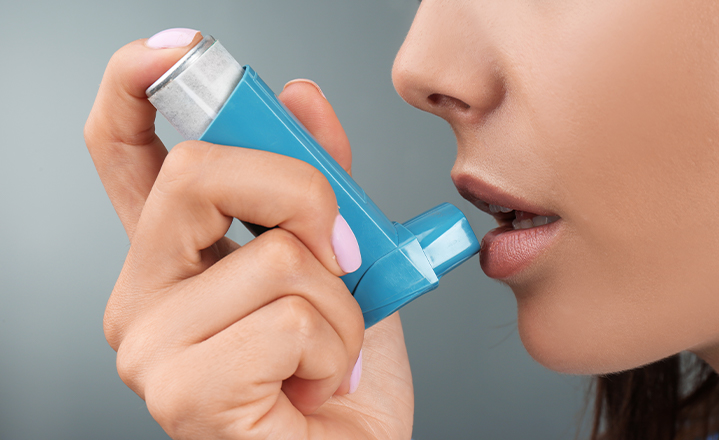The goals of having an Asthma Action Plan:
- Reduce the number of flare-ups people experience.
- Reduce/prevent Emergency Room visits.
You can find action plans to print out and complete on your own or create your own with these steps. Click here to download an Asthma Action Planner. https://www.nhlbi.nih.gov/files/docs/public/lung/asthma_actplan.pdf
Step 1: If you can, type your action plan on the computer so you can make copies and give it to people you think should have one – for example, the person you put as your emergency contact as well as family members and people you spend a lot of time with.
Step 2: Place your name and date of birth at the top of the paper.
Step 3: Identify that it is an Asthma Action plan and the severity of your asthma.
Step 4: List all of your triggers to asthma.
Step 5: Make three sections: 1. Doing well 2. Caution 3. Get Help Now
1. Doing Well:
- In this section write a list of what life is like/looks like when doing well. For example: Symptoms: No wheezing, breathing well, sleeping through the night.
- Next, list the control medications, how much medicine is taken, the time and schedule.
- Finally: Identify if you need an inhaler or medication before completing an activity. Identify how many puffs before the activity and if it is for certain activities or all activities.
2. Caution:
- In this section identify your symptoms, i.e. some problems breathing-wheezing; Peak Flow Meter _to _ (between 50 & 79% of personal best)
- Next, identify quick relief medications and the medications you listed in the “Doing Well” section. Note: Quick relief medicine should help you in 20-60 minutes. If you continue to have problems for more than 24 hours, follow your instructions for Get Help Now & call the Doctor ASAP
3. Get Help Now:
- Write a list of all your symptoms, i.e. you are getting worse rather than better, lots of breathing problems.
- Next: Write as a reminder: take quick relief now!! Write the name of your quick relief medication, how many puffs and how often.
- Finally, write the signs for when you to call 911 immediately. For example, trouble walking/talking due to shortness of breath, lips or fingernails are blue, still in the red zone after 15 minutes.
Step 6: Write down your emergency contact name and information.
Step 7: Write down your health care providers’ information.
Step 8: Make copies and give them to your loved ones and whoever is your emergency contact.
Additional Information
If there is a certain hospital or protocol you would like to follow, write it down on your action plan. That way, if you can’t speak, the person who is your emergency contact can make the right decisions.

